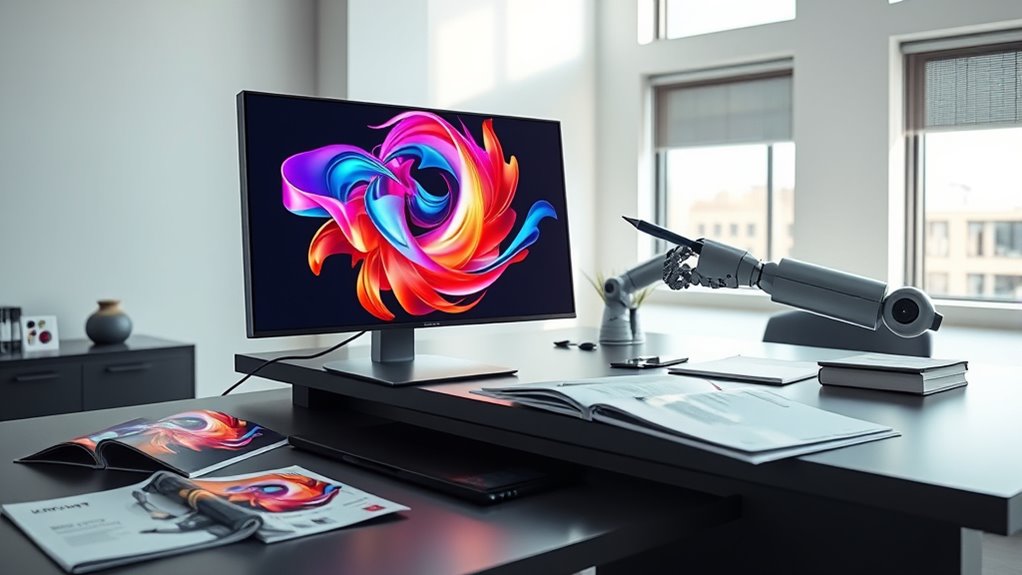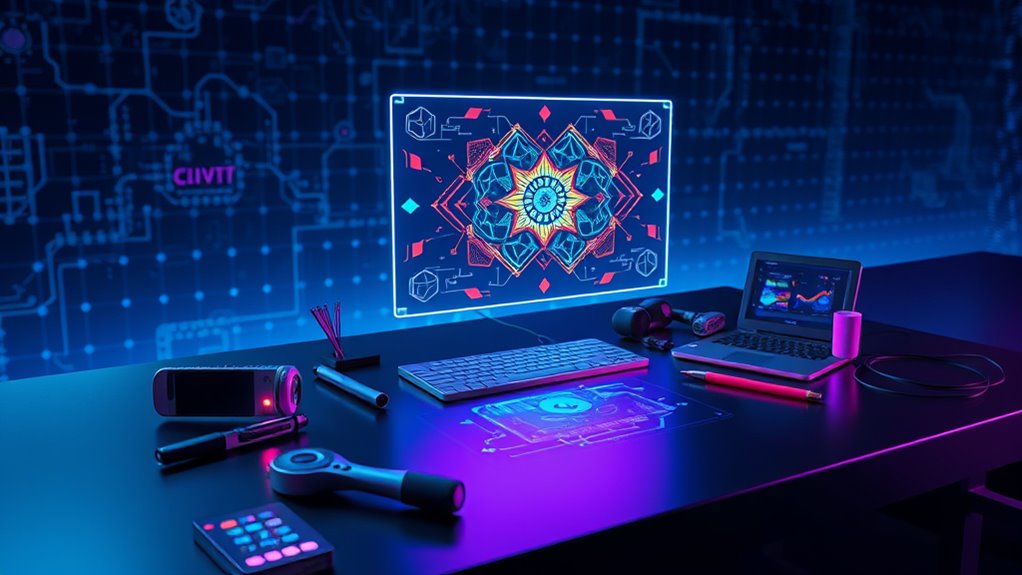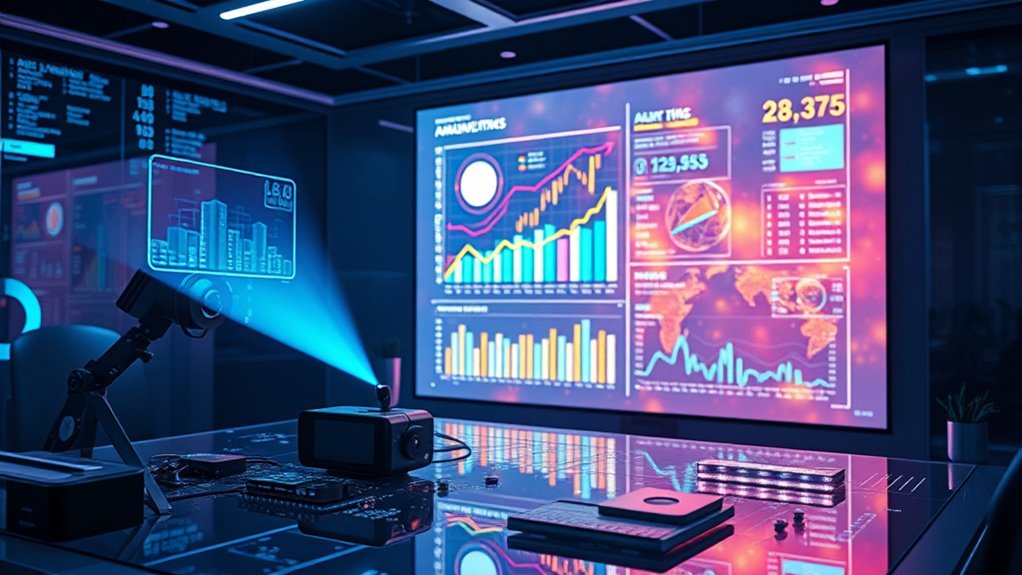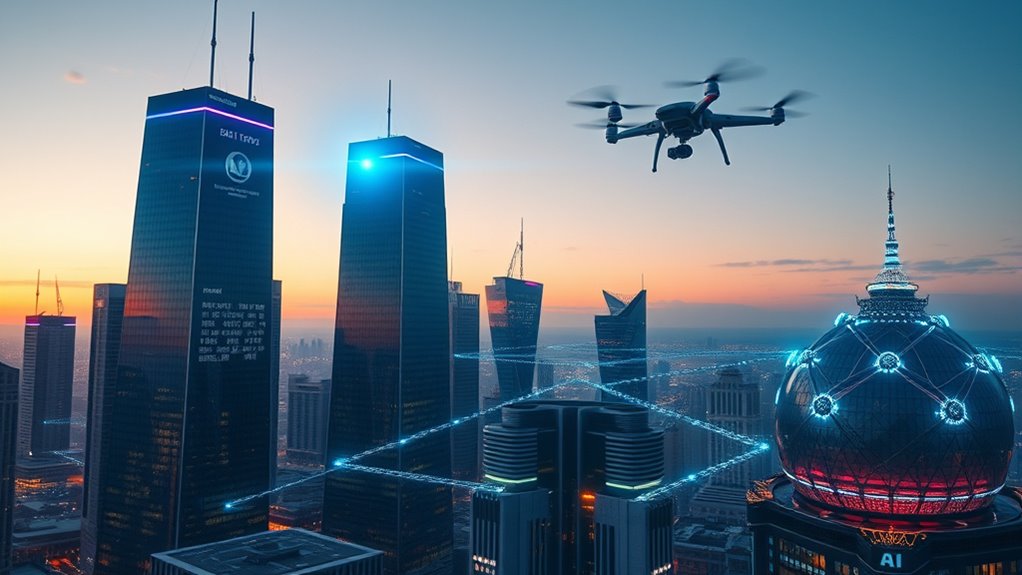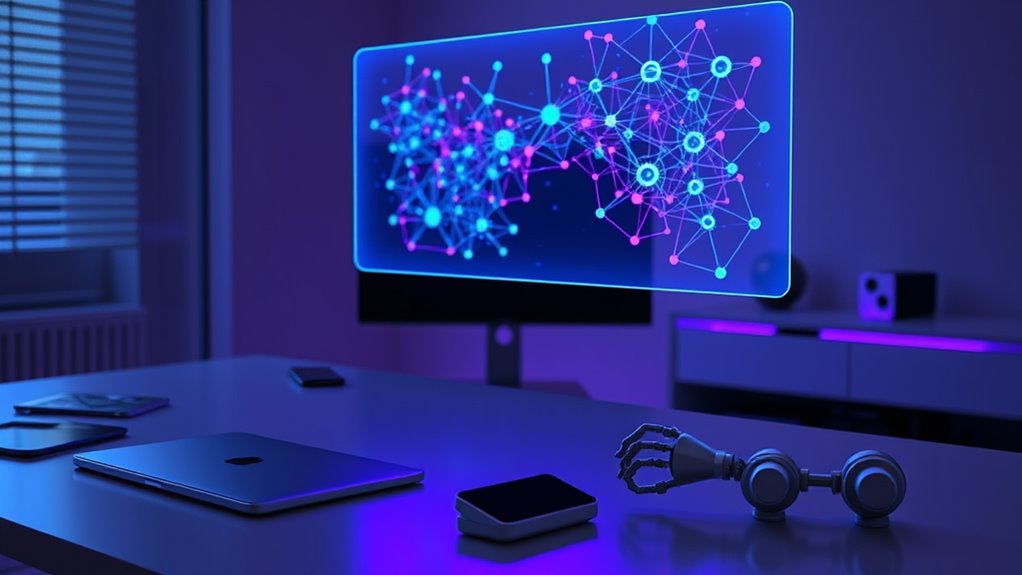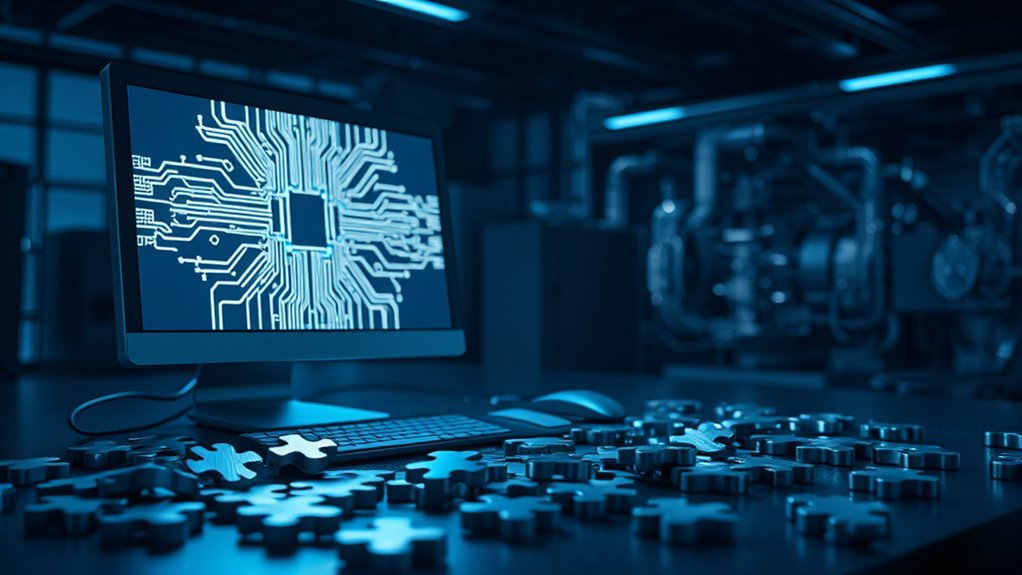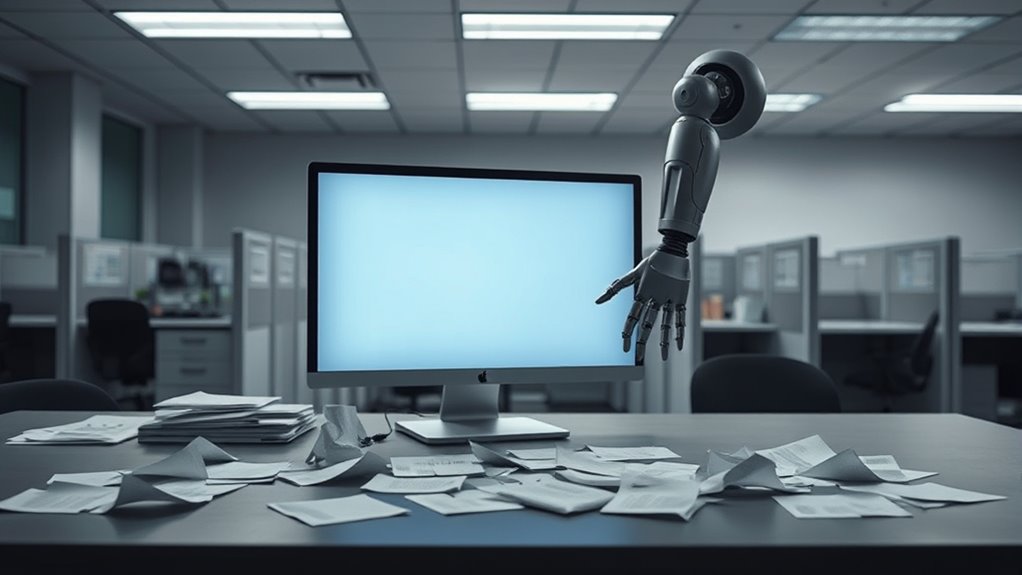How are AI-generated images changing the business world? They’re shaking things up in a big way. In 2023, the AI image generator market was worth $299.2 million. Experts predict it’ll grow to $917.4 million by 2030. That’s a huge jump from $257.2 million in 2022. This growth shows a yearly increase of 17.4%. It’s part of a larger trend too. The whole generative AI market is valued at $66.66 billion in 2024 and might hit $207 billion by 2030. Clearly, AI is transforming how businesses create visual content.
Many industries are jumping on board. Creative fields like media, advertising, and entertainment are using AI to make stunning images. Businesses rely on it for branding, marketing, and showing off products. It’s not just companies either. Regular folks are using AI images for personal projects and social media posts. Tools like Stable Diffusion are super popular, with users creating billions of images. These tools are easy to use, so more people are trying them out every day. Accessibility is key to this growing trend. Nearly half of artists find these tools very useful in their creative processes.
Industries from media to advertising are embracing AI for stunning visuals, while everyday users create billions of images with accessible tools like Stable Diffusion.
Technology keeps getting better. AI images are looking more real with sharper details. The algorithms behind them are becoming smarter to fit specific needs. This rapid progress is why so many industries are adopting AI for visual content. But there’s a catch. The data used to train these systems can sometimes carry biases, which might show up in the images. Additionally, Stable Diffusion alone accounts for 80% of AI images generated across all platforms, highlighting its dominance in the market.
There’re also legal questions to sort out. Who owns an AI-generated image? Laws aren’t clear yet. If an image comes from public domain sources, it might stay public domain. Rules around using AI content for business are still being figured out. Ethical concerns are a big deal too. Balancing new ideas with responsibility is important, and industries need to work together on guidelines. Under current U.S. law, AI-generated works often lack copyright protection due to the absence of human authorship.
Despite challenges, the potential is huge. AI image generation is changing how visual content is made and shared. With more users and better tech, it’s set to play an even bigger role in business. The future looks bright, and this tech is just getting started.
